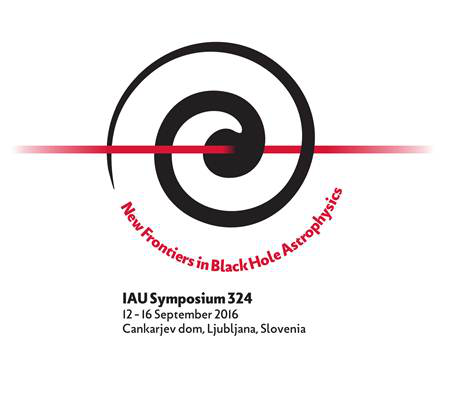A key unsolved issue in modern astrophysics is how black holes accrete matter and subsequently launch focused jets of material to speeds close to that of light, releasing copious energy in the process. This occurs over many orders of magnitude in mass, size and timescale in a wide range of astrophysical objects but the mechanisms converting gravitational potential energy into radiated energy remain poorly understood. These systems also provide unique laboratories for the study of physics in extreme conditions such as strong gravity, large magnetic fields, ultra-relativistic particle acceleration and, as such, may also provide valuable probes of space-time and tests of fundamental physics.
The goal of this symposium is to bring together observational and theoretical experts in the astrophysics of black-hole driven systems to discuss the current state-of-the-art in accretion, jet formation and acceleration and emission mechanisms - and more generally source physics, with theoretical physicists who aim to use astrophysical objects to test current theories of gravity and ultimately unified theories of quantum gravity.
This symposium is timely both scientifically and in terms of upcoming technology whose advances across the electromagnetic spectrum and beyond to multimessenger signature such as gravitational waves and neutrinos are coming of age. By 2016, the new generation of gravitational wave detectors will be operational, improved sensitivity in neutrino detectors will be available, the multiwavelength community will have an impressive suite of ground- and space-based facilities covering a wide range of energy bands and timescales, and the theoretical astrophysics communities will be providing new testable predictions from advances in hydrodynamic, magnetohydrodynamic and plasma cell-based simulations.
Leading up to major new facilities such as the Cherenkov Telescope Array, the Large Synoptic Survey Telescope and the Square Kilometre Array coming on line from 2018 onwards, this symposium will provide a stimulating environment for a new generation of astrophysicists to connect with, learn from and present their work to a unique and diverse combination of world-leading astrophysicists and physicists with a common interest in black holes and their applications.
More broadly, black holes hold much appeal for the lay audience; building on the University of Ljubljana's expertise and Prof. Gomboc's leadership in public outreach in Slovenia since the International Year of Astronomy 2009 and in organising the National Astronomical Competition for Schools, the organisers will maximise the exposure of the symposium science to the general public directly and through the popular press, as well as to the Slovenian parliament, and through the Teachers Workshop.
Choose timezone
Your profile timezone:

